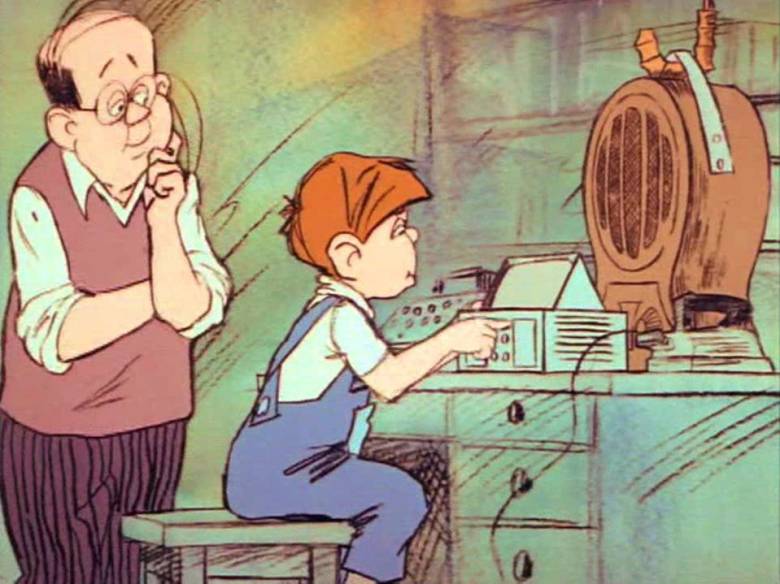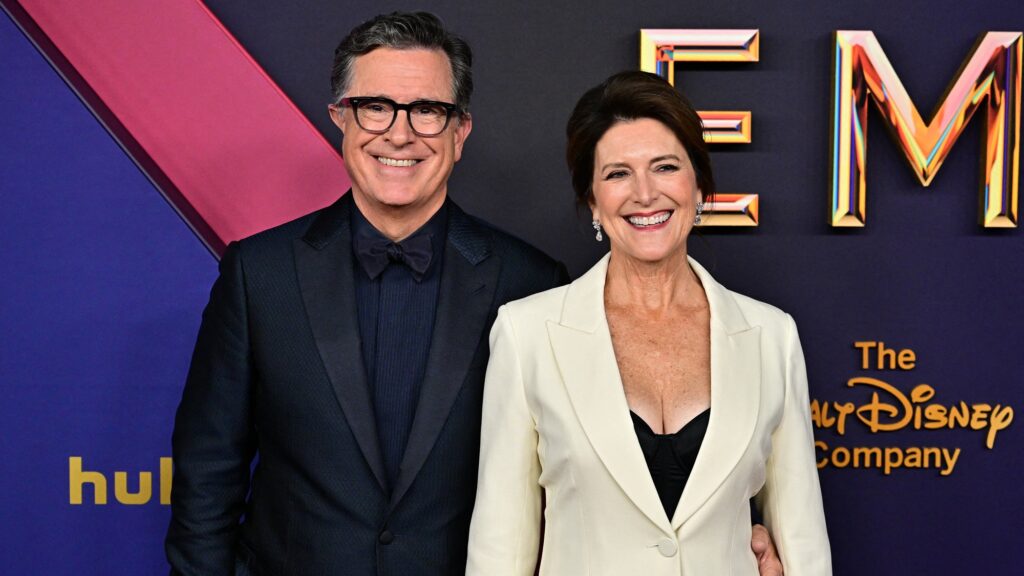We probably all have at least one or more favourite of the cartoons that were broadcast in the 90s in Hungary, and which became iconic shows for a whole generation. In our article, we take a look at the cartoons that brightened up the everyday lives of millions of children in the 90s.
The Mézga Family (Mézga család)
‘Sometimes be a fool, just for a while! Let the greyness fly away, the sky’s at once bright. What’s charming about a bag of laughs is that your mood will soar like a flock of owls!’[1]— Perhaps we do not even need to continue these lines, since anyone who grew up in the 90s will surely know the lyrics and the tune of this iconic theme song.
The Hungarian-made cartoon series was so popular from the 60s on that millions of people followed the incredible adventures of the Mézga family not only in Hungary, but also in Germany, Cuba, Bulgaria, Italy, France, and Czechoslovakia as well.
Frakk, the Cats’ Nightmare (Frakk, a macskák réme)
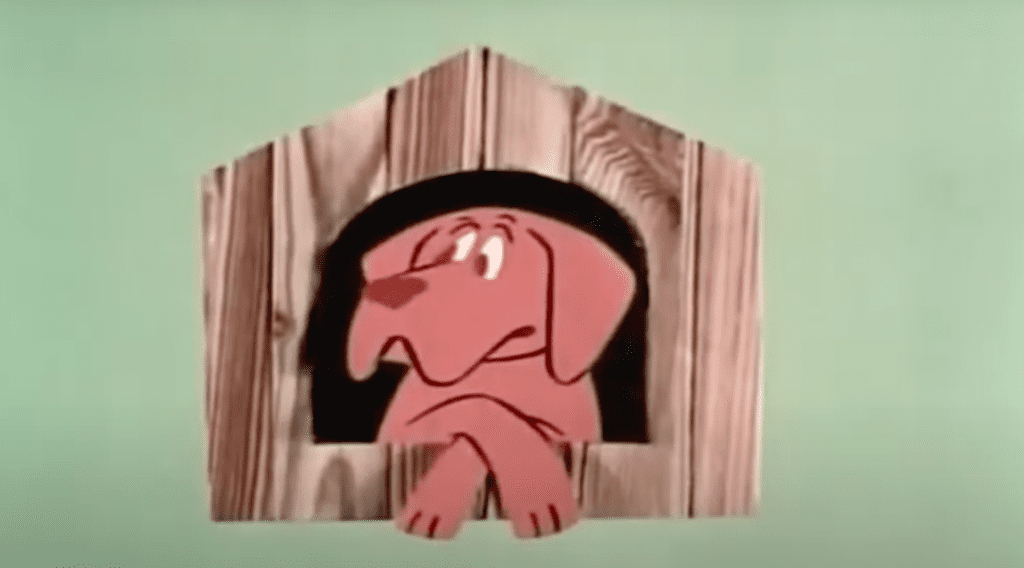
Who else could be the main character of the Hungarian-made cartoon show Frakk, the Cats’ Nightmare than Uncle Charles’s Hungarian Vizsla dog, Frakk? Frakk cannot stand Aunt Irma’s two cats, Lukrécia and Szerénke, as these two spoilt female cats are not just lazy, but cheeky as well, so when Lukrécia occupies Uncle Charles’s armchair, he reaches his breaking point. Uncle Charles’s new pet is Frakk, who from then on begins the reforming of the two impudent cats.
Water Spider, Wonder Spider (Vízipók-csodapók)
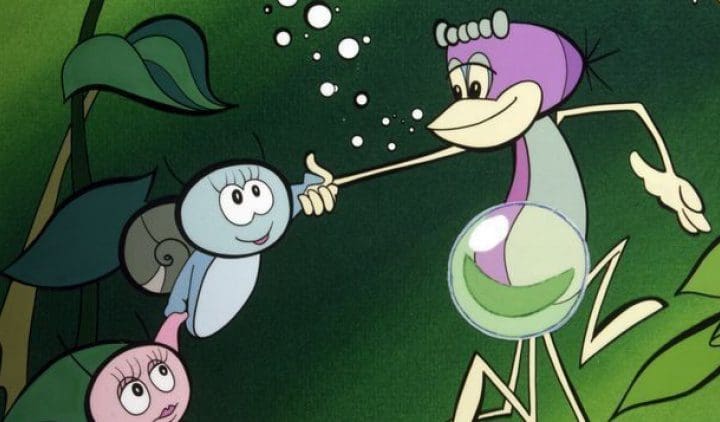
The main characters of the 40-episode Hungarian cartoon series are the Water Spider and the Cross Spider. The Water Spider lives his life in his underwater Crystal Castle, but during his adventures, he meets many other members of the insect world, too.
DuckTales (Kacsamesék)
‘Might solve a mystery, or rewrite hist’ry! DuckTales! whooh ooh’
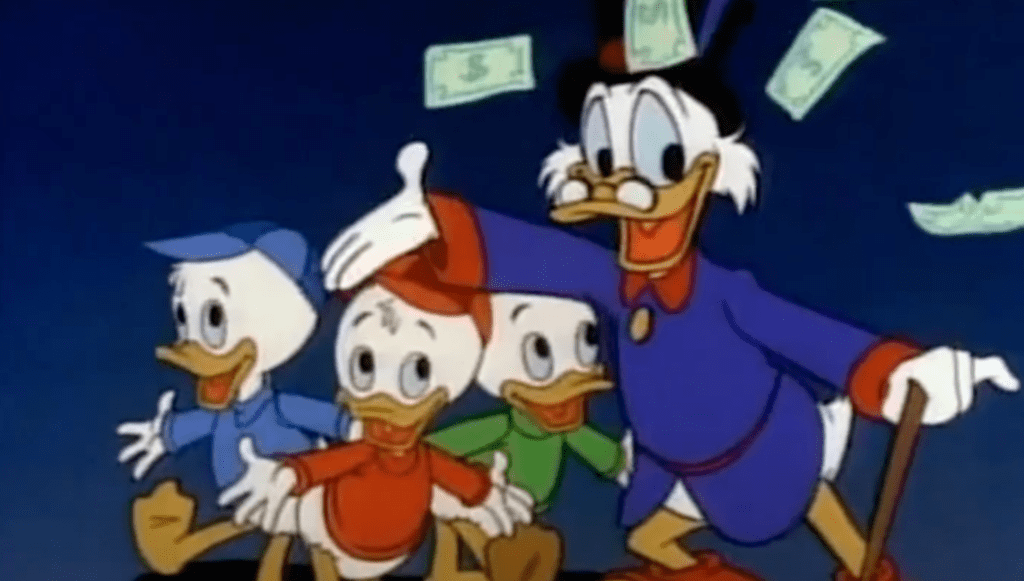
One of the unforgettable scenes of the cartoon is when Uncle Scrooge dives into the sea of gold in the vault. Despite having a fabulous fortune, Scrooge McDuck (Dagobert McCsip), the richest duck in the world, is often miserly and longs for even more gold.
Perhaps the most memorable and at the same time saddest moment in Hungarian television history is related to DuckTales. On 12 December 1993, the broadcast of a DuckTales episode had to be interrupted and the death of József Antall, the first Hungarian prime minister after the regime change was announced.
The cartoon series is probably best parodied in this Family Guy scene:
The Magic School Bus (A varázslatos iskolabusz)
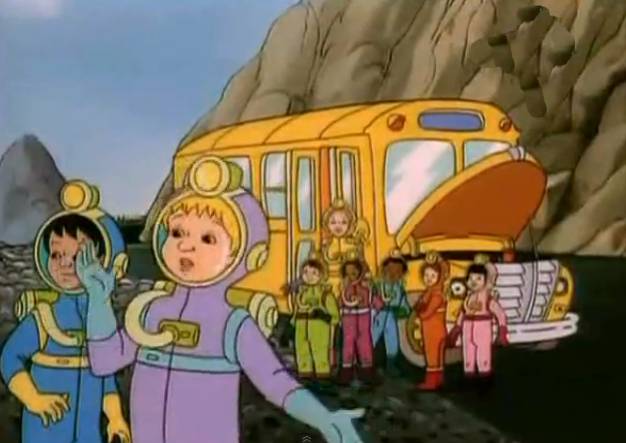
Led by Ms Frizzle (Miss Mitzi), we could go on adventurous study trips in a magic school bus. During the exciting trips, we could learn about the structure of the human body, about animals and our environment, as well as about planets.
Hungarian Folk Tales (Magyar népmesék)
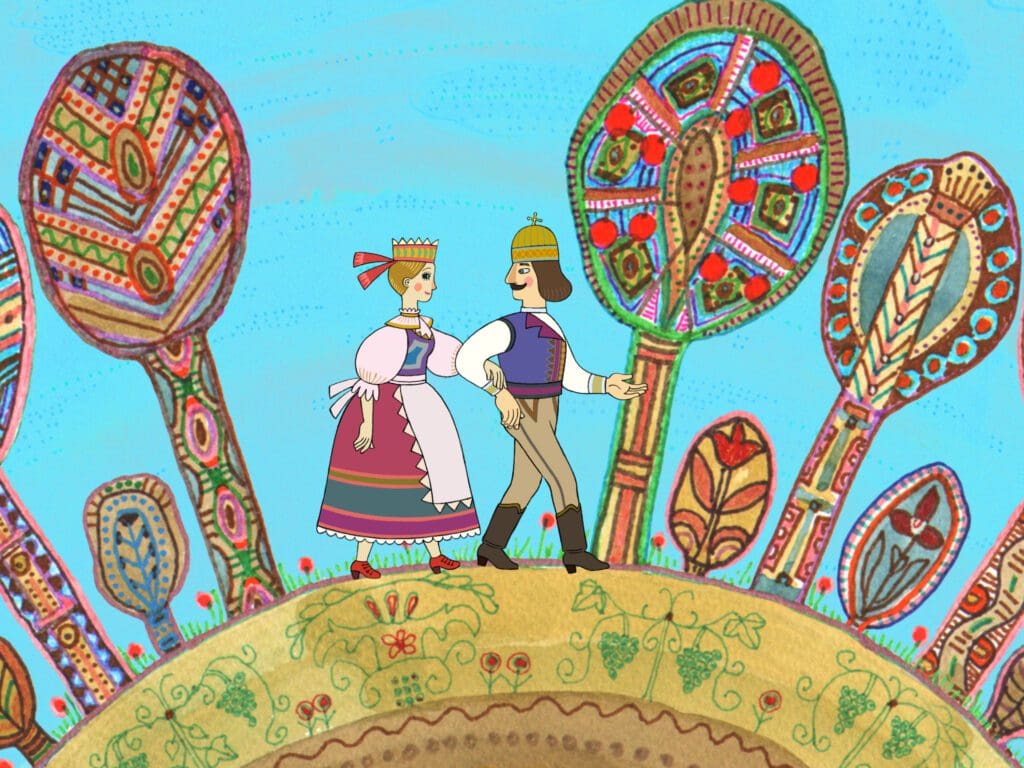
In Hungarian Folk Tales, each episode tells a story based on a folk tale, in which rural lifestyle and traditions are strongly emphasised. What made the cautionary tales truly special was the unmistakable voice of the narrator, renowned Hungarian actor Gyula Szabó.
The Smurfs (Hupikék Törpikék)
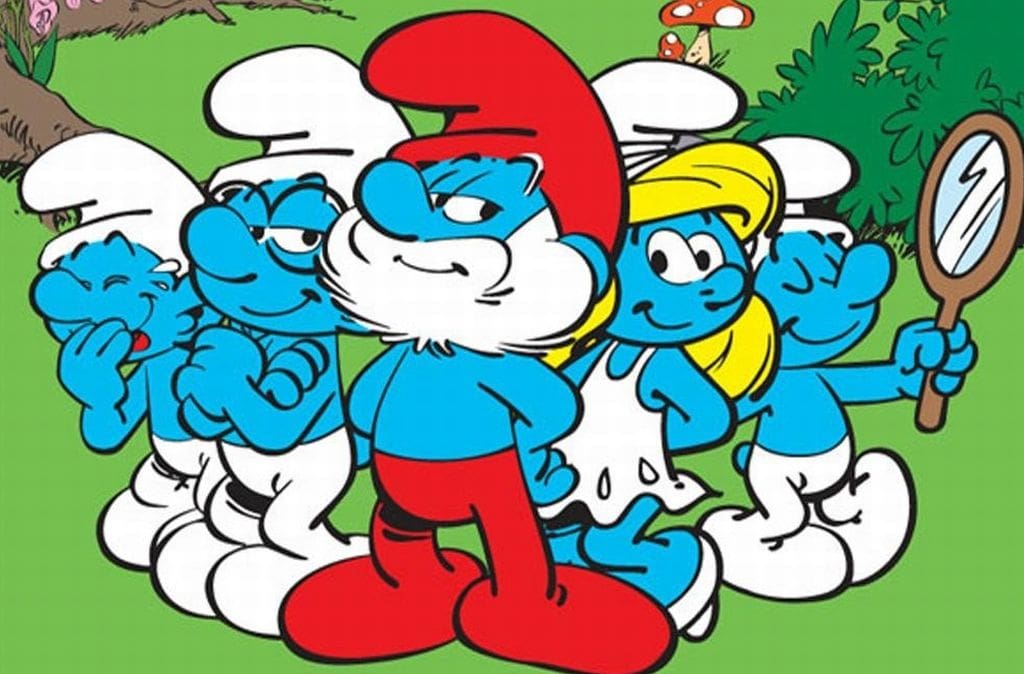
Perhaps one of the most successful cartoons of all time, The Smurfs, conquered the whole world from the 80s onwards. In 256 episodes in total, Papa (Törpapa), Smurfette (Törpilla), Clumsy (Ügyifogyi) and Brainy (Okoska) entertained generations of children and youngsters who just couldn’t get enough of The Smurfs.
Süsü the Dragon (Süsü, a sárkány)
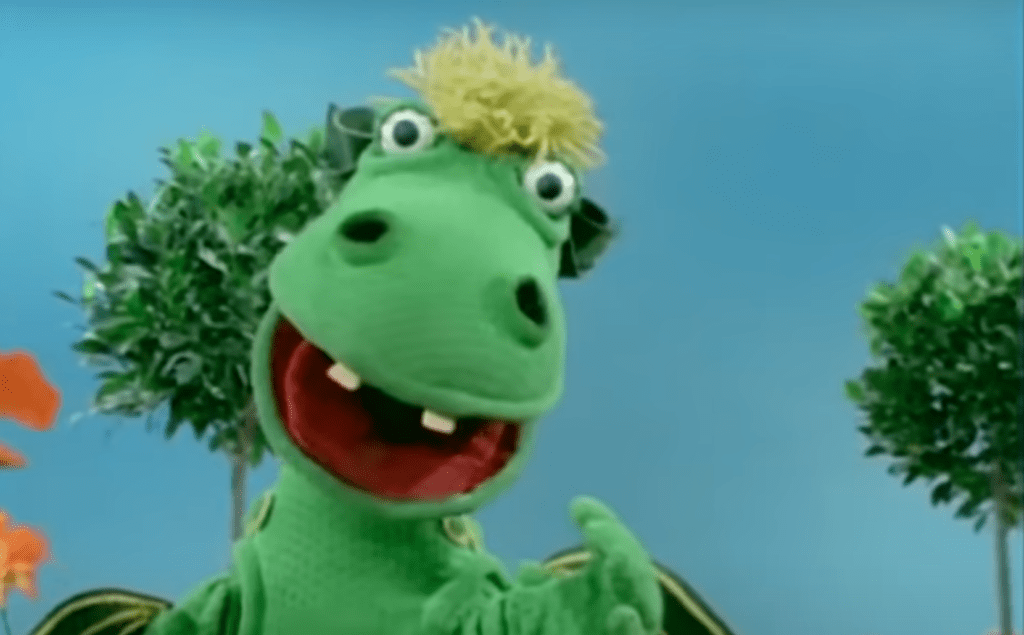
Unlike the other cartoons listed, Süsü the Dragon is a puppet show, which was a great success not only in Hungary but also internationally. The script for the series consisting of only nine episodes was written by writer and poet István Csukás and was directed by Attila Szabó. The dragon was named ‘Süsü’ after the American cartoon series titled Dastardly and Muttley in Their Flying Machines, translated to Hungarian as Süsü keselyűk.
The Flintstones (Frédi és Béni, avagy a két kőkorszaki szaki)
‘Yabba Dabba Doo!’
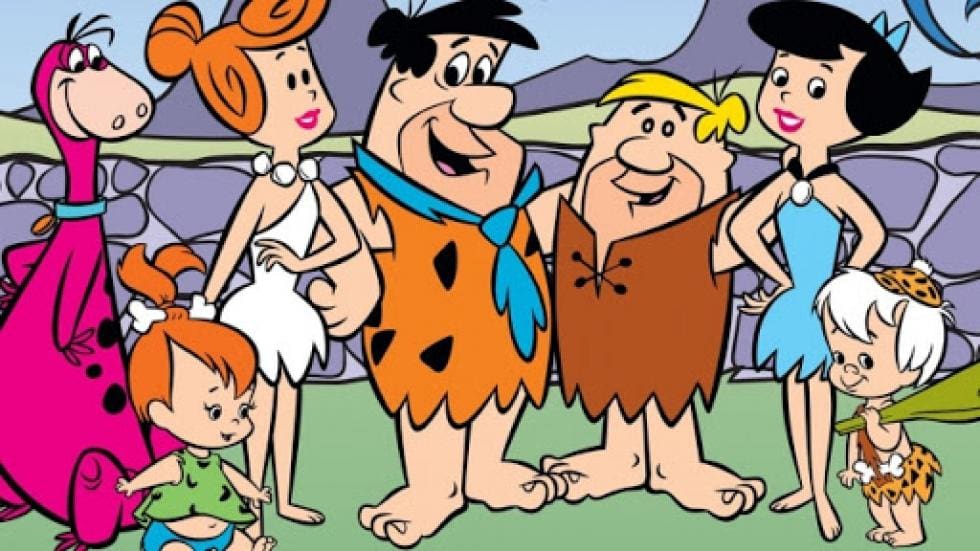
The cartoon is in fact a parody of the American suburbs of the 1960s. Its popularity also came from the fact that it set the everyday problems of the ‘modern’ United States of the 60s in the Stone Age. The Flintstone and the Rubble families of Bedrock live their lives together with dinosaurs and other long-extinct animals and get involved in all kinds of minor everyday conflicts.
Bedtime Story (TV Maci)
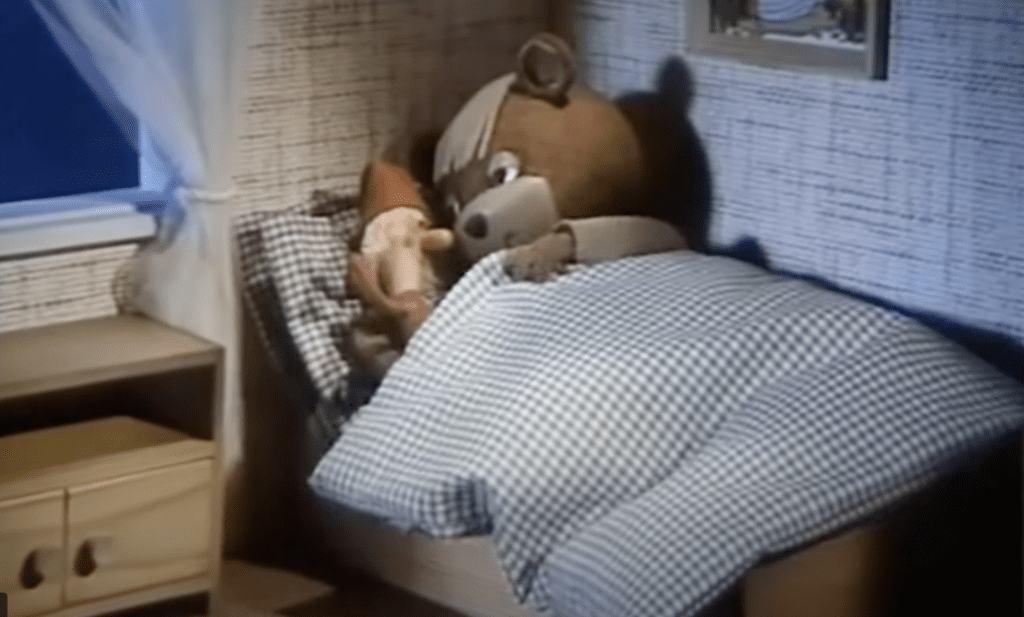
Finally, what else could be the last cartoon on our list but the one we all used to watch before going to bed? The legendary TV Teddy Bear (‘TV Maci’) of Bedtime Story is iconic in Hungary, as is the cartoon’s soundtrack.
Click here to read the original article
[1] Translated from the Hungarian by Hungarian Conservative.

